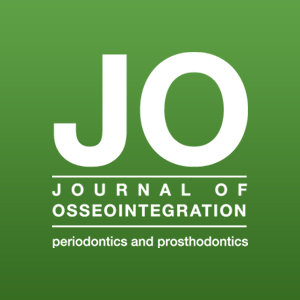COVID-19 and changes in protocols of dentistry practice throughout the globe and significant challenges faced in India: MOHFW guidelines and review of literature

Published: 20 December 2022
Abstract Views: 1007
pdf: 398
Publisher's note
All claims expressed in this article are solely those of the authors and do not necessarily represent those of their affiliated organizations, or those of the publisher, the editors and the reviewers. Any product that may be evaluated in this article or claim that may be made by its manufacturer is not guaranteed or endorsed by the publisher.
All claims expressed in this article are solely those of the authors and do not necessarily represent those of their affiliated organizations, or those of the publisher, the editors and the reviewers. Any product that may be evaluated in this article or claim that may be made by its manufacturer is not guaranteed or endorsed by the publisher.


 https://doi.org/10.23805/JO.2023.15.01.04
https://doi.org/10.23805/JO.2023.15.01.04








